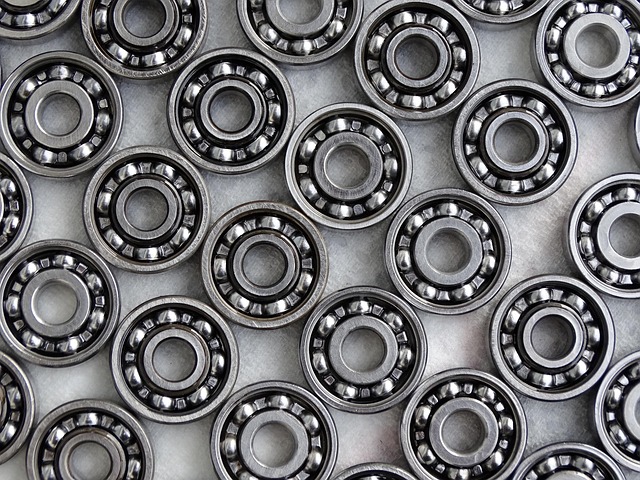Introduction: Pulmonary Hypertension and Immune Dysregulation
Pulmonary Hypertension (PH) is a progressive disease characterized by elevated blood pressure in the pulmonary arteries, leading to right heart failure and reduced life expectancy. While the precise etiology of PH remains complex, accumulating evidence points to a significant role for immune dysregulation, particularly the involvement of macrophages, in disease pathogenesis.
Macrophage Polarization: M1 vs. M2 Phenotypes
Macrophages are highly plastic immune cells that can polarize into distinct phenotypes in response to environmental cues. The two primary polarization states are M1 (classically activated) and M2 (alternatively activated) macrophages. M1 macrophages are typically pro-inflammatory, contributing to tissue damage and immune activation. Conversely, M2 macrophages are generally involved in tissue repair, angiogenesis, and immune suppression. The balance between these phenotypes is crucial for maintaining tissue homeostasis. The following formulas represent simplified versions of how these macrophages affect tissue:
M1 \rightarrow Inflammation + Tissue \ DamageM2 \rightarrow Tissue \ Repair + AngiogenesisThe Role of M1 Macrophages in Pulmonary Hypertension
In the context of PH, M1 macrophages have been implicated in the early stages of vascular remodeling. They release pro-inflammatory cytokines such as TNF-α, IL-1β, and IL-6, which promote endothelial dysfunction, smooth muscle cell proliferation, and pulmonary artery vasoconstriction. This sustained inflammation contributes to the thickening of the pulmonary artery walls and increased pulmonary vascular resistance.
The Role of M2 Macrophages in Pulmonary Hypertension

While initially thought to be primarily beneficial, emerging evidence suggests that M2 macrophages may also contribute to PH pathogenesis, particularly in later stages. M2 macrophages secrete growth factors such as TGF-β and VEGF, which promote pulmonary artery smooth muscle cell proliferation and extracellular matrix deposition, further exacerbating vascular remodeling. Furthermore, their immunosuppressive properties may impair the clearance of inflammatory stimuli, leading to chronic inflammation.
Therapeutic Implications: Targeting Macrophage Polarization
Given the significant role of macrophages in PH, targeting macrophage polarization represents a promising therapeutic strategy. Approaches under investigation include:
- Inhibiting M1 macrophage activation and recruitment.
- Promoting M2 macrophage polarization in early disease stages (with caution due to potential pro-fibrotic effects later on).
- Modulating cytokine signaling pathways to restore macrophage homeostasis.
- Using nanoparticles to deliver targeted therapies to macrophages in the pulmonary vasculature.
Future Directions: Research and Clinical Trials
Further research is needed to fully elucidate the complex interplay between macrophage polarization and PH. Ongoing clinical trials are evaluating the efficacy of immunomodulatory therapies in patients with PH. Understanding the specific mechanisms by which macrophages contribute to vascular remodeling will pave the way for the development of more effective and targeted treatments.
